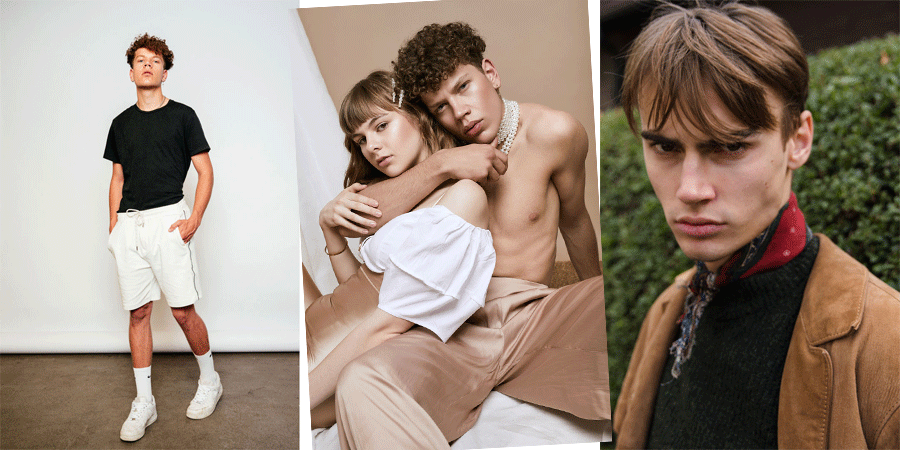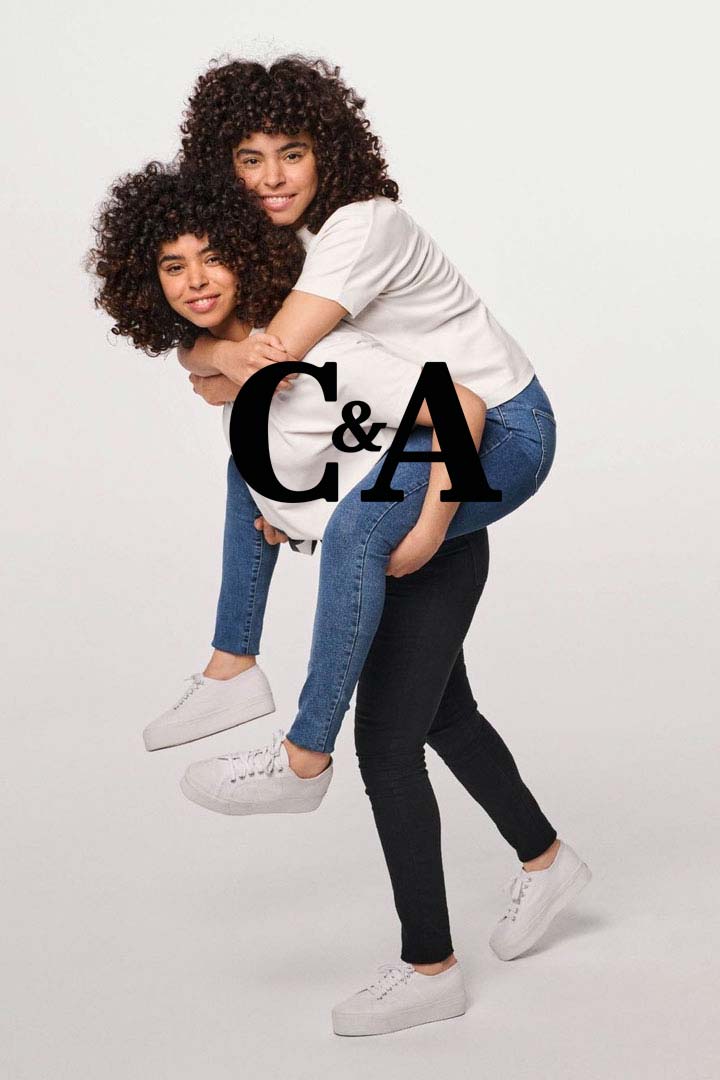Pret-a-Porter & Haute Couture: What is it? Fashion + running styles of a fashion show
Haute Couture & Pret-a-Porter – at a fashion show, the new collections of a designer are presented by models on the catwalk. A distinction is made between haute couture fashion and pret-a-porter fashion. Haute couture originates from France and literally means upscale tailoring. In fashion jargon, extravagant, individual and high-quality fashion creations of a designer are called haute couture.
Pret-a-Porter fashion & running style at the fashion show
A designer’s haute couture fashion pieces are the pièce de résistance of a designer, they are not suitable for everyday use, haute couture is true art that models present on the catwalk. Haute couture serves the very special appearance. The more valuable the materials used, the higher the price. There is no limit.
Unlike haute couture, there are pret-a-porter collections. Pret-a-porter fashion also comes from France and means “ready to wear”, i.e. fashion that can be worn in everyday life. The fashion collections are available in retail stores, for example, department store chains.
The designers have created the pieces not only as an art object for the catwalk, but the fashion collections should come to the man or woman. The price is different, there are also price differences, but the price is in the average range in the middle class and affordable. Co-founder of this type of fashion line is Pierre Cardin.
What is Pret-a-Porter exactly?
Pret-a-porter fashion, also called ready-to-wear fashion, refers to the ready-made, i.e. not tailored, fashion collections of designers and labels. Ready-to-wear fashion is such fashion that we can find on retail shelves in various fixed sizes. (Example size 38 or M) In the past, the fashion industry was horrified at the first catwalk presentations of designer pret-a-porter collections – not tailored = not exclusive!
Quite normal in this day and age – at Fashion Weeks all over the world, the designers’ Pret-a-Porter collections are marveled at and celebrated. For the designers themselves, the pret-a-porter collections are enormously important, in addition to haute couture, because the ready-to-wear fashion boosts the designers’ marketing enormously. In public, the label builds its image and sets trends that can really be worn!
Of course, among the Pret-a-Porter collections you can also find fashion highlights that only very brave fashionistas REALLY wear on the street – again, the designer wants to stand out, to stay in the conversation and in the memory of fashion professionals.
Where did Pret-a-Porter come from?
Yves-Saint-Laurent was one of the first famous designers to cause a sensation on the catwalk in the 60s with his Pret-a-Porter collection. But who “invented” Pret-a-Porter? The Italian designer Pierre Cardin developed the fashion style Pret-a-Porter. Here you can find a typical collection of the labels.
Pierre Cardin – His way to the designer of Pret-a-Porter fashion
Pierre Cardin was born in Italy in 1922. In 1945 he changed his place of residence from Italy to France, Paris. He began his career in the fashion industry as a fashion illustrator at Paquin. He developed the costumes for the film “Beauty and the Beast”. In 1947, the talented Italian was drawn to the designer label “Dior”. Three years later, he started his own label and developed pret-a-porter fashion. In 1953, his first fashion collection for women appeared, followed by the men’s collection in 1957.
The seasons of Pret-a-Porter fashion worldwide
The designers’ Pret-a-Porter collections are presented on the runway during two fashion seasons, once in spring/summer and once in fall/winter – the classic peak fashion seasons. The presentations of Pret-a-Porter fashion take place at Fashion Weeks in the fashion capitals of New York, Milan, London and Paris. But also in the emerging fashion cities of Berlin, Madrid, Amsterdam and even more cities, the collection presentations of designers, both established designers, as well as celebrated new comers, take place twice a year in the corresponding seasons at the beginning and middle of the year.
Excursus: The Intermediate Seasons
Only twice a year, every six months, fashion on the runways of the fashion capitals? Unthinkable – no one can stand that! Exactly. That’s why, in addition to the main seasons, there are, tadaaa, various intermediate seasons.
Resort – Fashion Collections
In February, the new pret-a-porter pieces of the designers hang regularly in the stores. Already in November begins the inter-season for resort fashion. Since every fashion fan can already look forward to the summer and guess the new trends.
Cruise – Fashion collections
Cruise, as the name suggests, is about fashion collections for the travel-minded fashionistas. Cruise is a subcategory of resort fashion, specializing in jet-set customers who escape winter and roast in the sun even in December. In the past, this was especially typical for the wealthier society who liked to take cruises to warmer regions during the winter months. Hence the name “cruise” in reference to “cruise”. Today, “Cruise” belongs to the resort collection, there is hardly any distinction.
Pre-Fall – Fashion Collections
The counterpart to the more summery Pret-a-Porter Resort collection, is the autumnal-winter Pret-a-Porter Pre-fall collection. This hits stores in July. Customers enjoy new designs for fall and winter, mostly still in lighter fabrics.
Capsule Collection Fashion
Capsule Collection, a collection that can not really be assigned to any season. The “timeless” pret-a-porter fashion of the year. These collections are also called Special Editions and appear unexpectedly and not regularly.
Haute couture at the fashion show – what is it exactly?
Haute couture (= upscale tailoring) is the “high society” of designers’ fashion collections. The term originates from France and refers to the upscale designs of fashion designers from the top tier. Who belongs to the circle of haute couture designers, such as Chanel, Dior or Ellie Saab, is decided by the French fashion association “Chambre Syndicale de la Haute Couture”.
Designers, also known as “couturiers,” must abide by “strict” rules to defend their place in haute couture. The French fashion federation sets regulations and specifications to ensure that the ranks of couturiers remain exclusive. Elaborate, extravagant and in reality hardly wearable fashion, especially handmade, precious and luxurious dresses count as haute couture. Another feature of the impressive gowns: Finest handwork!
Such a “unique” can of course hardly afford anyone, only a very select, narrow circle of the rich counts itself to the customer base for haute couture fashion. The price of a haute couture gown is staggeringly high. One of the few places away from the catwalk where you can admire haute couture fashion is the red carpet of very exclusive events, such as the Oscars.
Unlike the pure “art objects” of haute couture of years past, some gowns, dresses and now pants, are quite “wearable” for upscale events.
Where does haute couture fashion actually come from?
Haute couture originated in mid-19th century France. Charles Frederick Worth was the first, and thus the so-called founding father, to offer tailored and handmade exclusive fashion according to his own designs. Until then, made-to-measure clothing had been produced exclusively according to the customer’s wishes. Worth created a turnaround in the fashion industry.
Subsequently, the Chambre Syndicale de la Haute Couture Parisienne joined forces, a committee which today calls itself a fashion association and still sets the rules in matters of haute couture. Only if the collection of a designer label is approved by this committee, the designer may present his haute couture line also under this genre, at the couture shows of the Fashion Weeks.
Read more about the history of haute couture here:
Alta Moda – the Haute Couture from Italy
The Italian sister of the French haute couture is the so-called “Alta Moda”. Unlike the term “Haute Couture”, the term “Alta Moda” is not protected and may be used freely among designers. In addition to Milan, Alta Moda shows are also held in Florence or Rome, there is no fixed schedule and no fixed location for these fashion shows.
The world-renowned luxury designer duo of Dolce & Gabbana will present their Alta Moda collections in Milan, and in Rome, alongside established designers, new talents will present their collections to a wide audience during fashion week.
Fashion show – Different walk styles to present fashion.
Two important walking styles characterize the catwalk at fashion shows. The naming is different and depends on the choreographer. Roughly, the walking styles are divided into the following two divisions.
Pret-à-Porter – casual walk for models
In keeping with the collections, the casual walk is more relaxed than the design walk. The models are allowed to sway their hips slightly, and their upper body and gaze do not have to be rigid. There is a friendly, motivating smile on the models’ face. Posing takes place at the end of the catwalk. The models seek eye contact with the audience. A wink, an air kiss or a sexy smile are allowed and desired.
Haute Couture – Upper Class Fashion/ Design Walk
During the design walk, the models really act as mannequins, i.e. it’s all about the outfit. The models’ gaze is fixed forward, no expression is distorted, no eye contact takes place. The shoulders are pulled back, the pelvis goes forward. The models try not to move their upper body while walking. There is no posing at the end of the catwalk. The model should not distract from the designer’s collection, which is absolutely the focus.
Berlin Fashion Week Closing Show by CM
Read more about prêt-à-porter and haute couture here
- More about organize fashion show: Fashion show cost & organize – external
- Fashion Week Fashion Shows – The Fashion Metropolises
- Fashion shows – the basics of any fashion show











Leave a Reply
Want to join the discussion?Feel free to contribute!